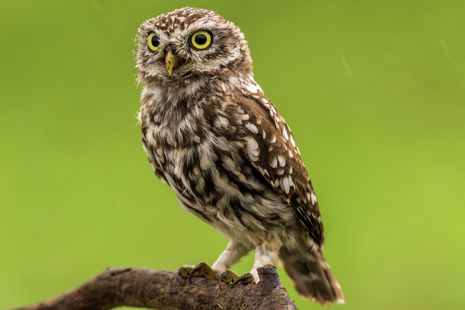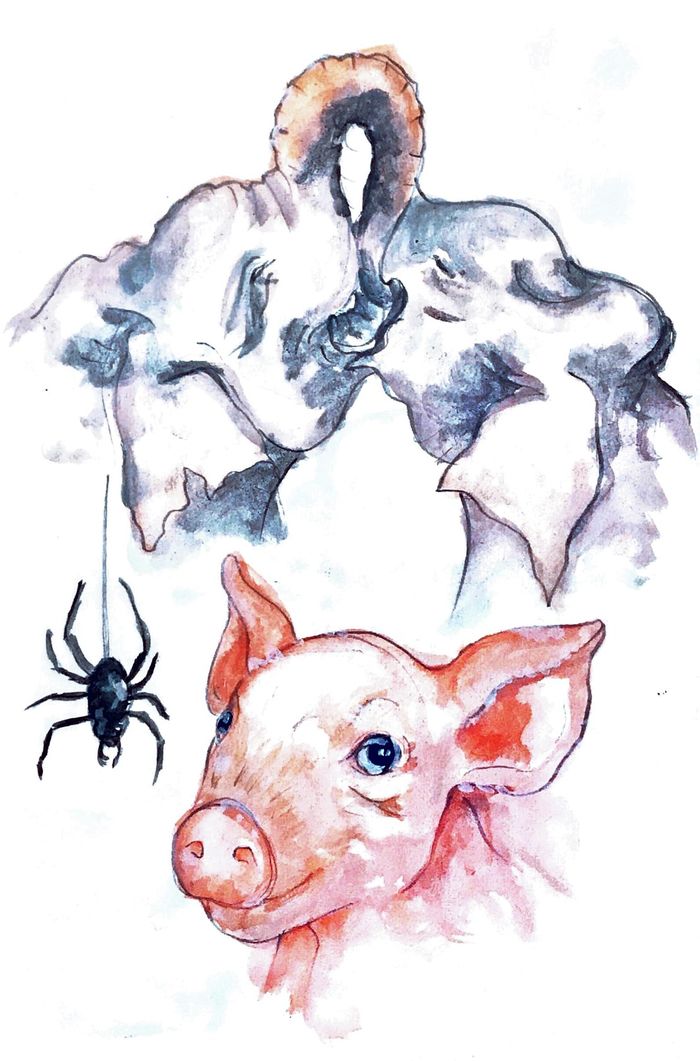Introduction to Birdwatching
Lockdown has led to many of us picking up new hobbies. Nick Scott discusses how to get started with birdwatching, and sheds light on some of important ecological considerations

During the lockdown, many people in Britain – myself included – have turned to birdwatching as a hobby. People have spent more time in their own gardens or elsewhere in nature, and have started paying more attention to the birds around them as a means of relaxation. Birdwatching can seem very complicated, but in fact it’s very simple to get started, as this short guide will show you.
You might not believe you know anything about birds, but you can probably identify more than you think: blackbirds, robins, house sparrows, magpies, Canada geese… if you have a look at a quick online guide (such as this one or this one) and head out into your nearest garden or park, you’ll almost certainly spot some of them!
“Birdwatching can seem very complicated, but in fact it’s very simple to get started, as this short guide will show you”
If you don’t have a garden or are not sure where to go, then simply looking on Google Maps for any nearby (publicly accessible) green area is a good idea; if you prefer, you could access a list of local nature reserves (here’s the list of Cambridge's). You don’t need to take anything; binoculars and a phone or camera are both useful, but there’s nothing wrong with using just your eyes!
Recording your sightings
You might find it enjoyable to keep a record of what birds you see. Traditionally, birdwatchers have used notebooks; you can add notes about birds you were particularly excited to see, any interesting behaviours you observed, exactly where you went, or anything else you like! You can also keep a list, known as a “life list”, of all the species you’ve ever seen in the wild. Many birdwatchers these days use websites like eBird to record their sightings; there is also an associated app that can be used to write down birds seen while out and about so that there’s no need to memorise everything you saw.
eBird also has many other useful features, such as guides to species including photos and audio recordings, as well as maps of so-called “hotspots” where you can find locations near you where many different birds have been seen.
If you see a bird you don’t recognise, note down the most obvious features of its description and behaviour, comparing it to birds that you’re familiar with. For example, you might write down “a bird the same size as a robin, but brown and grey with pink legs, eating a worm on the grass”, and you can look it up when you get home (in this case, the unknown bird is a dunnock). Taking a photo can help, but a good description is often enough.
Identification guides
There are a huge number of bird identification books available, and while I do own quite a few, I won’t pretend to have read all the ones available. I’ll give just two recommendations for guides to British birds – almost any part of the world will have its own books available.
For complete beginners, a good place to start would be British Birds: A Pocket Guide, published by WildGuides. This is a very portable guide that packs a surprising amount of information about the 246 birds you’re most likely to encounter in Britain into a small space, accompanied by high-quality photos.
For slightly more experienced birders, I would recommend the Collins Bird Guide. With beautiful illustrations (which can often be more useful than photos), detailed descriptions, and coverage of species found in Europe, the Middle East, and North Africa as well as Britain, this is widely considered one of the best field guides available and is a book anyone interested in birds will enjoy.
“You might be surprised to learn that your sightings of garden birds can contribute to scientific research”
There are also apps available, which – in my opinion – complement books rather than replacing them. The free Merlin Bird ID app is well worth downloading (for both iOS and Android). Many other useful websites exist, including xeno-canto, which contains the world’s largest database of recordings of birdsong.
Science
Birdwatching may just seem like a fun hobby, and if that’s all you want out of it, then that is fine, of course. You might be surprised to learn that your sightings of garden birds can contribute to scientific research, however. For example, every year, hundreds of thousands take part in the RSPB Big Garden Birdwatch, recording what birds they see in their garden over the course of an hour. The data from this survey, which has been conducted annually for more than forty years, helps to track trends among garden bird populations – this is extremely useful for conservation purposes. Dozens of other scientific studies rely on observations by amateur birdwatchers, for example from eBird. This means that if you spend some time appreciating nature around you, you can play a part in protecting it as well.
 Interviews / You don’t need to peak at Cambridge, says Robin Harding31 December 2025
Interviews / You don’t need to peak at Cambridge, says Robin Harding31 December 2025 Comment / What happened to men at Cambridge?31 December 2025
Comment / What happened to men at Cambridge?31 December 2025 News / Unions protest handling of redundancies at Epidemiology Unit30 December 2025
News / Unions protest handling of redundancies at Epidemiology Unit30 December 2025 News / Varsity’s biggest stories of 202531 December 2025
News / Varsity’s biggest stories of 202531 December 2025 News / Cambridge academics stand out in King’s 2026 Honours List2 January 2026
News / Cambridge academics stand out in King’s 2026 Honours List2 January 2026









